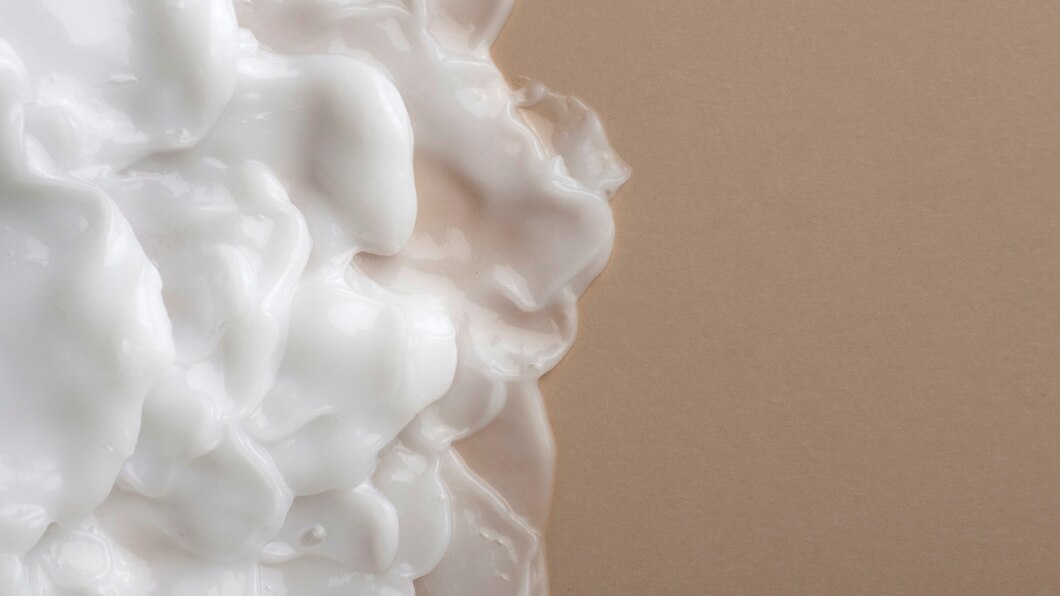When it comes to cleaning, whether it’s your laundry, dishes, or household surfaces, one ingredient stands out as the unsung hero: surfactants. These remarkable chemicals are the driving force behind the cleaning power of detergents, making them indispensable in our daily lives. In this blog, we’ll explore how surfactants work and why they are the secret to effective cleaning performance.
What Are Surfactants?
Surfactants, short for surface-active agents, are molecules with a unique structure that allows them to interact with both water and oil. They consist of two parts:
A hydrophilic (water-loving) head that attracts water.
A hydrophobic (water-repelling) tail that binds to oil and grease.
This dual nature enables surfactants to break down and lift away dirt, making them essential in cleaning formulations.
How Surfactants Work in Detergents
Surfactants are the backbone of detergents, and their cleaning power lies in their ability to:
Reduce Surface Tension: Surfactants lower the surface tension of water, allowing it to spread more easily and penetrate fabrics or surfaces.
Emulsify Oils and Grease: The hydrophobic tails of surfactants surround oil and grease particles, breaking them into tiny droplets that can be dispersed in water.
Suspend Dirt: Once the dirt is lifted, surfactants prevent it from reattaching to surfaces by keeping it suspended in water.
-
Enhance Foaming: In many detergents, surfactants create foam, which helps distribute the cleaning agents evenly and provides a visual cue that the product is working.
Types of Surfactants in Detergents
Different types of surfactants are used in detergents, each with unique properties:
Anionic Surfactants: Known for their strong cleaning power and foaming ability, they are commonly used in laundry and dishwashing detergents.
Nonionic Surfactants: Effective at removing oily stains and compatible with hard water, they are often used in heavy-duty cleaners.
Cationic Surfactants: Primarily used for their antimicrobial properties, they are ideal for fabric softeners and disinfectants.
Amphoteric Surfactants: Mild and versatile, they are often used in detergents designed for delicate fabrics or sensitive skin.
Why Surfactants Are Essential for Cleaning
Surfactants are the key to effective cleaning because they:
Break Down Tough Stains: They dissolve grease, oil, and dirt, making them easier to rinse away.
Improve Water Efficiency: By reducing surface tension, surfactants help water work more effectively, even in small amounts.
Enhance Product Performance: From lifting stains to preventing redeposition, surfactants optimize every step of the cleaning process.
Innovations in Surfactant Technology
The detergent industry is constantly evolving, and surfactants are at the heart of this innovation. Recent advancements include:
Bio-Based Surfactants: Made from renewable resources like plant oils, these surfactants are biodegradable and environmentally friendly.
Low-Toxicity Formulations: Designed to be safe for both users and aquatic life, these surfactants meet strict regulatory standards.
Concentrated Detergents: Modern surfactants enable highly concentrated formulas that reduce packaging waste and transportation costs.
Surfactants are the secret behind the cleaning power of detergents, transforming the way we tackle dirt and grime. By understanding their role, we can create better, more efficient cleaning products that meet the needs of today’s consumers.


